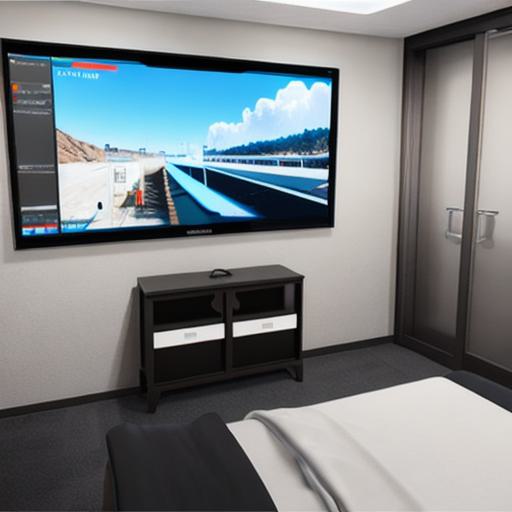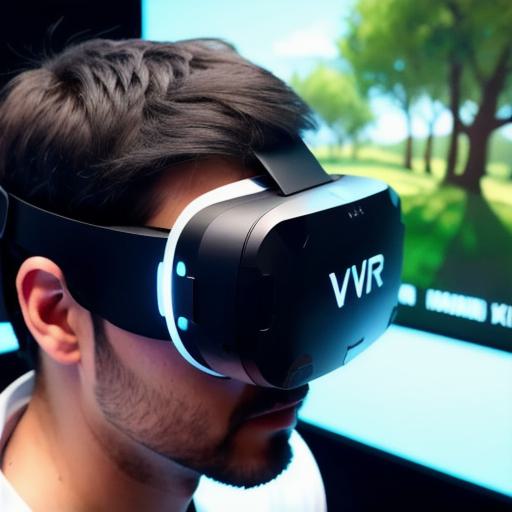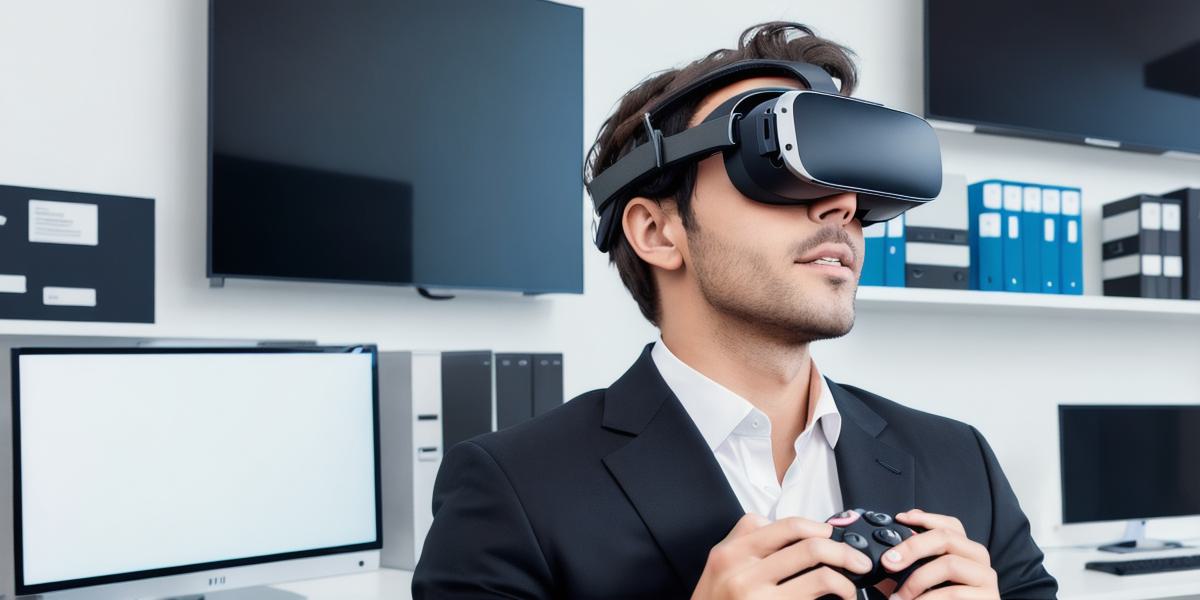The World Wide Web has transformed the way we live, work, and interact. With the advent of new technologies such as virtual reality (VR), augmented reality (AR), and blockchain, it is now possible to create immersive experiences that were previously unimaginable. In this article, we will explore how these technologies are revolutionizing the Web and what Web3 developers can do to take advantage of them.
Virtual Reality (VR) and Augmented Reality (AR)
VR is a technology that creates a simulated environment in which users can interact with virtual objects as if they were real. AR, on the other hand, enhances the user’s real-world environment with digital elements such as graphics and sounds. Both VR and AR are being used to create immersive experiences for a variety of applications, from gaming and entertainment to education and training.
One example of VR in action is the use of virtual reality simulations to train medical students. In these simulations, students can practice surgical procedures without risking harm to real patients. This technology has the potential to revolutionize healthcare by providing hands-on training for doctors and nurses.
AR is being used in a variety of industries to enhance the user’s experience with digital content. For example, retailers are using AR to help customers visualize products in their homes before making a purchase. This technology can also be used in manufacturing to enhance the production process by overlaying digital information onto real-world objects.
Blockchain
Blockchain is a decentralized digital ledger that allows for secure and transparent transactions without the need for intermediaries such as banks. The most well-known application of blockchain is cryptocurrency, but it has many other potential applications in fields such as supply chain management and identity verification.
One example of blockchain in action is the use of smart contracts to automate business processes. Smart contracts are self-executing contracts that can be programmed to automatically execute when certain conditions are met. This technology has the potential to revolutionize industries such as finance and insurance by reducing the need for intermediaries and increasing efficiency.
Web3
Web3 refers to the next evolution of the Web, which is built on decentralized technologies such as blockchain and distributed ledgers. Web3 applications are designed to be more secure, scalable, and resilient than traditional web applications. They also allow for greater control over data and privacy.
One example of a Web3 application is the use of decentralized finance (DeFi) platforms. These platforms allow users to create and access financial services without intermediaries such as banks. DeFi platforms are built on blockchain technology and allow for greater control over personal finances.
Web3 developers can take advantage of these new technologies by creating applications that are designed to be decentralized, secure, and scalable. This includes developing smart contracts, decentralized storage solutions, and other Web3-based applications.

Summary
The advent of XR and Web3 technology has revolutionized the way we interact with the Web. By using these technologies, developers can create immersive experiences and decentralized applications that are more secure, scalable, and resilient than traditional web applications. As these technologies continue to evolve, it is clear that they will have a significant impact on the future of the Web.
FAQs:
- What is XR technology?
XR stands for augmented reality and virtual reality. It is a technology that creates immersive experiences by overlaying digital content onto the real world.
- How does blockchain work?
Blockchain is a decentralized digital ledger that allows for secure and transparent transactions without the need for intermediaries such as banks.
